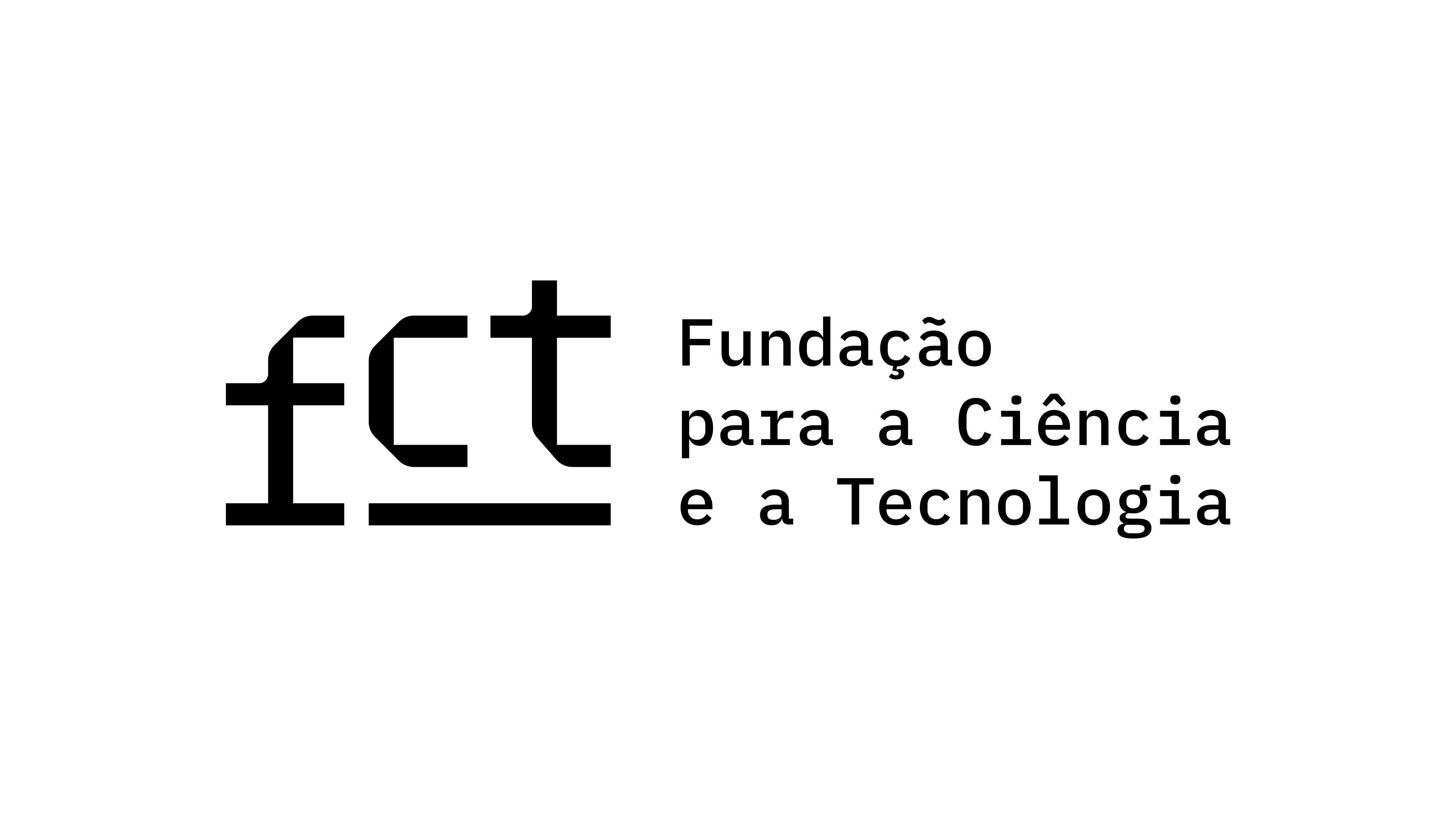On Some Posthuman Motifs in Walter Benjamin: Mickey Mouse, Barbarism and Technological Innervation
Abstract
This article discerns some posthuman motifs in Walter Benjamin’s writings on film and analyzes them in dialogue with recent literature on posthumanism. I argue that, from his early anthropological texts, Benjamin devised what can be considered a posthuman theme: the idea of the creation of a collective body in and through technology. It is, nonetheless, in his writings on film that he sets out most fully how this technological innervation into the body of the collective should occur, in this case through a rush of energy through the body of the audience. The arena of cinema reception appears in this way as a paradigmatic space in which to adapt technology into the collective body of the audience. However, cinema reception is only a rehearsal for what could exist for real in the revolution, when the collective attempts to gain mastery over the new techno-body. In this new reconfiguration of humanity, traditional formations such as families and nations would be discarded. I thus suggest that Benjamin’s theory finds an echo in current feminist and postcolonial posthuman authors.
In this article, I will particularly focus on the period of the “destructive character” in Benjamin’s oeuvre (1931-1933), in which he develops a fierce critique of bourgeois humanism and conceives the posthuman figures of the inhuman and the positive barbarian, of which Mickey Mouse is a privileged advocate. For Benjamin, Mickey Mouse and his friends were examples of what human beings would resemble once they had merged with technology. Thus, I will argue that Benjamin’s theories around technology, the human body and cinema are useful in reconsidering our relationship with nature and technology in a (desirable, rather than actual) posthuman condition.





